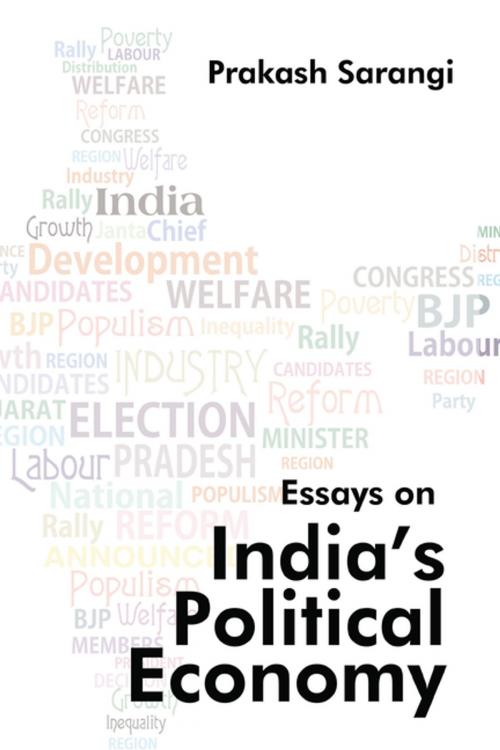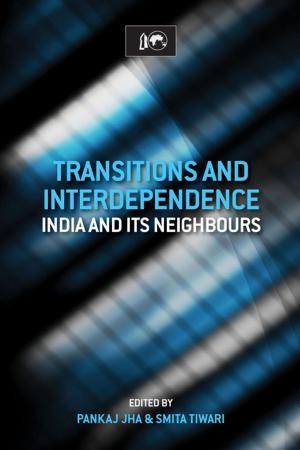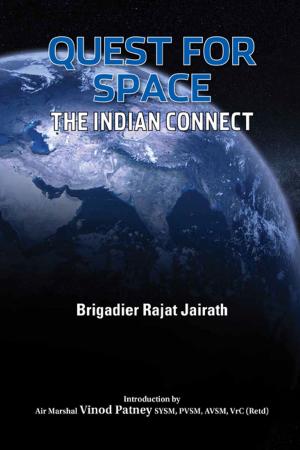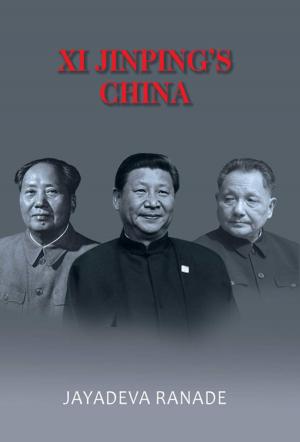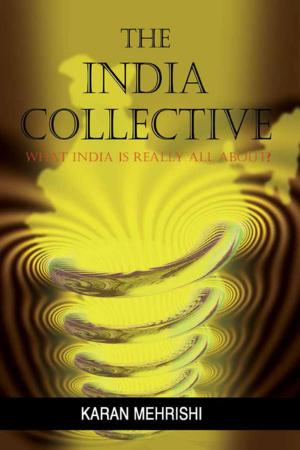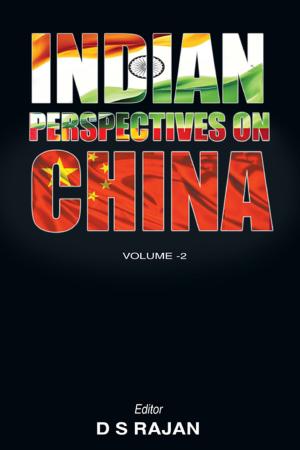| Author: | Mr Prakash Sarangi | ISBN: | 9789385714306 |
| Publisher: | KW Publishers | Publication: | September 15, 2014 |
| Imprint: | KW Publishers | Language: | English |
| Author: | Mr Prakash Sarangi |
| ISBN: | 9789385714306 |
| Publisher: | KW Publishers |
| Publication: | September 15, 2014 |
| Imprint: | KW Publishers |
| Language: | English |
This monograph is an attempt to understand the symbiotic relationship between politics and economy in India since independence. A few essays are presented to delineate this relationship in simple, non-technical language. But a discerning reader could easily decipher a specific interpretation throughout the text: the process of economic transformation is viewed as a function of the decision makers’ changing calculus of political pay-offs. Indian Political Economy is divided into three phases: (1) Nationalist Political Economy (1947-68); (2) Populist Political Economy (1969-1990) and (3) Competitive Political Economy (1991- ). The grand coalition in the first phase enabled the state to play an interventionist role and to estimate payoffs for the entire country; the minimum-winning coalition in the polarised politics of the second phase played a redistributive game and carefully calculated payoffs of its own supporters only and the uncertainty resulting from a fragmented politics in the third phase did not allow any party to be assured of a winning coalition and, therefore, made it difficult for any political party to predict political payoffs. Economic reforms of the 1990s were the result of this political uncertainty. The radical changes in economic policy transformed contemporary politics. A running theme in these essays is that while political actors face uncertainty in a competitive political economy, the citizens, as consumers of public policies, are further empowered to question, accept or reject any policy initiative. Citizens and groups are able to assert their rights and, if necessary, throw out the non-performers. Rights dominate over welfare in this new policy regime.
This monograph is an attempt to understand the symbiotic relationship between politics and economy in India since independence. A few essays are presented to delineate this relationship in simple, non-technical language. But a discerning reader could easily decipher a specific interpretation throughout the text: the process of economic transformation is viewed as a function of the decision makers’ changing calculus of political pay-offs. Indian Political Economy is divided into three phases: (1) Nationalist Political Economy (1947-68); (2) Populist Political Economy (1969-1990) and (3) Competitive Political Economy (1991- ). The grand coalition in the first phase enabled the state to play an interventionist role and to estimate payoffs for the entire country; the minimum-winning coalition in the polarised politics of the second phase played a redistributive game and carefully calculated payoffs of its own supporters only and the uncertainty resulting from a fragmented politics in the third phase did not allow any party to be assured of a winning coalition and, therefore, made it difficult for any political party to predict political payoffs. Economic reforms of the 1990s were the result of this political uncertainty. The radical changes in economic policy transformed contemporary politics. A running theme in these essays is that while political actors face uncertainty in a competitive political economy, the citizens, as consumers of public policies, are further empowered to question, accept or reject any policy initiative. Citizens and groups are able to assert their rights and, if necessary, throw out the non-performers. Rights dominate over welfare in this new policy regime.
